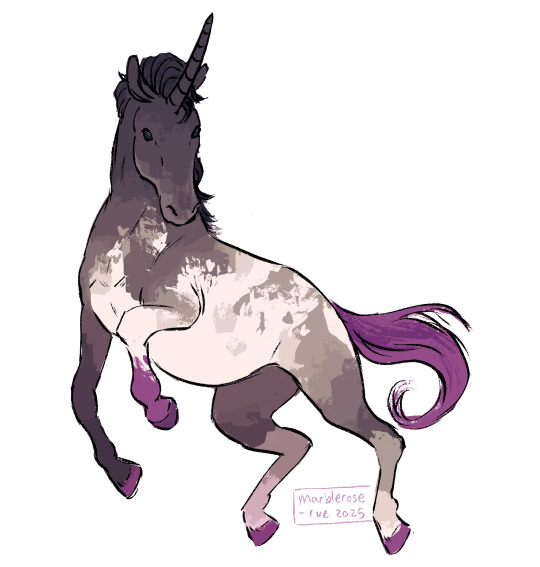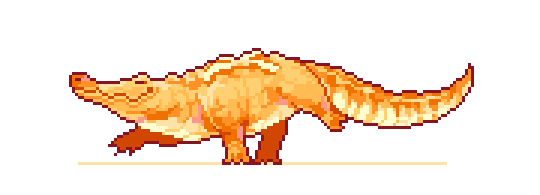She/they, ace/aro, how to tumblr? Like to draw but no way to digitalize except stealing sister's tablet
Last active 60 minutes ago
Don't wanna be here? Send us removal request.
Text
*opens word doc covered in blood* it doesn’t have to be good. it just has to be done.
75K notes
·
View notes
Text
fibercrafts are SO maddening cuz wdym I have to go to work tomorrow, I'm like a third of a way through making a whole ass fucking cape, don't you think I should be allowed to focus on what matters (my fucking cape)
12K notes
·
View notes
Text
3K notes
·
View notes
Photo
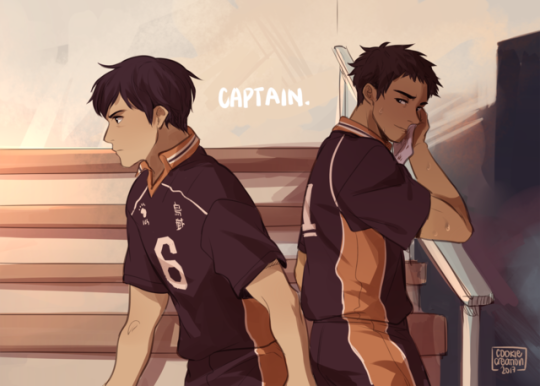
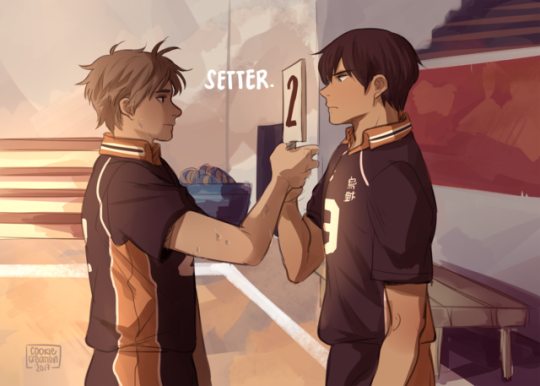
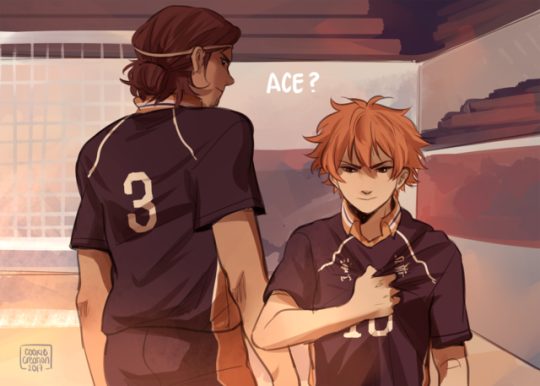
Third Years and the next in line.
32K notes
·
View notes
Text
Writing Notes & References
Alchemy ⚜ Antidote to Anxiety ⚜ Attachment ⚜ Autopsy
Art: Elements ⚜ Principles ⚜ Photographs ⚜ Watercolour
Children ⚜ Children's Dialogue ⚜ Childhood Bilingualism
Character Quirks ⚜ Cruise Ships ⚜ Dystopian World
Culture ⚜ Culture Shock ⚜ Ethnocentrism & Cultural Relativism
Emotions: Anger ⚜ Fear ⚜ Happiness ⚜ Sadness
Emotional Intelligence ⚜ Genius (Giftedness)
Facial Expressions ⚜ Laughter & Humour ⚜ Swearing & Taboo
Fantasy Creatures ⚜ Literary & Character Tropes
Fight Scenes Part 1 2 ⚜ Kill Adverbs
Food: Cooking Basics ⚜ Herbs & Spices ⚜ Sauces ⚜ Wine-tasting ⚜ Aphrodisiacs ⚜ List of Aphrodisiacs ⚜ Food History
Genre: Crime ⚜ Horror ⚜ Fantasy ⚜ Speculative Biology
Hate ⚜ Love ⚜ Kinds of Love ⚜ The Physiology of Love
How to Write: Food ⚜ Colours ⚜ Drunkenness
Jargon ⚜ Logical Fallacies ⚜ Memory
Magic: Magic System ⚜ 10 Uncommon ⚜ How to Choose
Moon: Part 1 2 ⚜ Related Words
Mystical Items & Objects ⚜ Talisman ⚜ Relics ⚜ Poison
Realistic Injuries ⚜ Rejection ⚜ Structural Issues ⚜ Villains
Symbolism: Colors ⚜ Food ⚜ Numbers ⚜ Storms
Thinking ⚜ Thinking Styles ⚜ Thought Distortions
Compilations: Plot ⚜ Character ⚜ Worldbuilding ⚜ For Poets
all posts are queued. will update this every few weeks/months. send questions or requests here.
16K notes
·
View notes
Text
hearing that your characterizations are good is like. the best thing to hear as a fic writer.
6K notes
·
View notes
Text
I'm kind of obsessed with the way sheep are handled. So efficiently. It always looks kind of unpleasant at first and then you notice the sheep are fine with it. They're always being flipped upside down and rolled down a chute or some shit. A shepherd will be tossing that thang in the air and spinning it like pizza dough & the sheep just lets it happen
16K notes
·
View notes
Text
writing is so fun
68K notes
·
View notes
Text
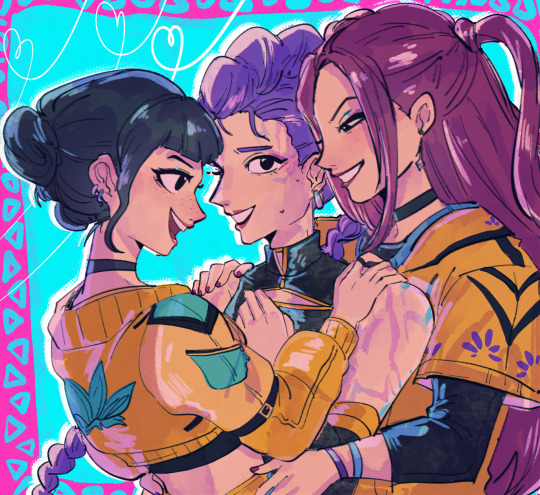
demon hunters... in my k-pop⁉️
#planning on watching it soon#decided i was curious enough to after listening to golden lol#super cute art#the silly lil guys
2K notes
·
View notes
Text
Zoom In, Don’t Glaze Over: How to Describe Appearance Without Losing the Plot
You’ve met her before. The girl with “flowing ebony hair,” “emerald eyes,” and “lips like rose petals.” Or him, with “chiseled jawlines,” “stormy gray eyes,” and “shoulders like a Greek statue.”
We don’t know them.
We’ve just met their tropes.
Describing physical appearance is one of the trickiest — and most overdone — parts of character writing. It’s tempting to reach for shorthand: hair color, eye color, maybe a quick body scan. But if we want a reader to see someone — to feel the charge in the air when they enter a room — we need to stop writing mannequins and start writing people.
So let’s get granular. Here’s how to write physical appearance in a way that’s textured, meaningful, and deeply character-driven.
1. Hair: It’s About Story, Texture, and Care
Hair says a lot — not just about genetics, but about choices. Does your character tame it? Let it run wild? Is it dyed, greying, braided, buzzed, or piled on top of her head in a hurry?
Good hair description considers:
Texture (fine, coiled, wiry, limp, soft)
Context (windblown, sweat-damp, scorched by bleach)
Emotion (does she twist it when nervous? Is he ashamed of losing it?)
Flat: “Her long brown hair framed her face.”
Better: “Her ponytail was too tight, the kind that whispered of control issues and caffeine-fueled 4 a.m. library shifts.”
You don’t need to romanticise it. You need to make it feel real.
2. Eyes: Less Color, More Connection
We get it: her eyes are violet. Cool. But that doesn’t tell us much.
Instead of focusing solely on eye color, think about:
What the eyes do (do they dart, linger, harden?)
What others feel under them (seen, judged, safe?)
The surrounding features (dark circles, crow’s feet, smudged mascara)
Flat: “His piercing blue eyes locked on hers.”
Better: “His gaze was the kind that looked through you — like it had already weighed your worth and moved on.”
You’re not describing a passport photo. You’re describing what it feels like to be seen by them.
3. Facial Features: Use Contrast and Texture
Faces are not symmetrical ovals with random features. They’re full of tension, softness, age, emotion, and life.
Things to look for:
Asymmetry and character (a crooked nose, a scar)
Expression patterns (smiling without the eyes, habitual frowns)
Evidence of lifestyle (laugh lines, sun spots, stress acne)
Flat: “She had a delicate face.”
Better: “There was something unfinished about her face — as if her cheekbones hadn’t quite agreed on where to settle, and her mouth always seemed on the verge of disagreement.”
Let the face be a map of experience.
4. Bodies: Movement > Measurement
Forget dress sizes and six packs. Think about how bodies occupy space. How do they move? What are they hiding or showing? How do they wear their clothes — or how do the clothes wear them?
Ask:
What do others notice first? (a presence, a posture, a sound?)
How does their body express emotion? (do they go rigid, fold inwards, puff up?)
Flat: “He was tall and muscular.”
Better: “He had the kind of height that made ceilings nervous — but he moved like he was trying not to take up too much space.”
Describing someone’s body isn’t about cataloguing. It’s about showing how they exist in the world.
5. Let Emotion Tint the Lens
Who’s doing the describing? A lover? An enemy? A tired narrator? The emotional lens will shape what’s noticed and how it’s described.
In love: The chipped tooth becomes charming.
In rivalry: The smirk becomes smug.
In mourning: The face becomes blurred with memory.
Same person. Different lens. Different description.
6. Specificity is Your Superpower
Generic description = generic character. One well-chosen detail creates intimacy. Let us feel the scratch of their scarf, the clink of her earrings, the smudge of ink on their fingertips.
Examples:
“He had a habit of adjusting his collar when he lied — always clockwise, always twice.”
“Her nail polish was always chipped, but never accidentally.”
Make the reader feel like they’re the only one close enough to notice.
Describing appearance isn’t just about what your character looks like. It’s about what their appearance says — about how they move through the world, how others see them, and how they see themselves.
Zoom in on the details that matter. Skip the clichés. Let each description carry weight, story, and emotion. Because you’re not building paper dolls. You’re building people.
8K notes
·
View notes

